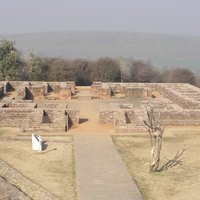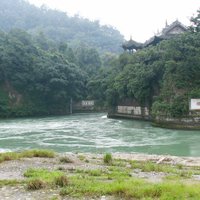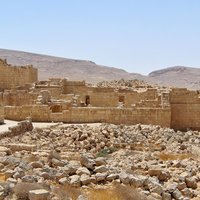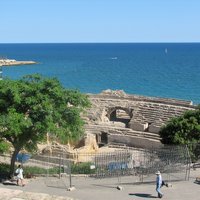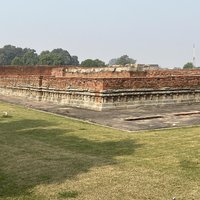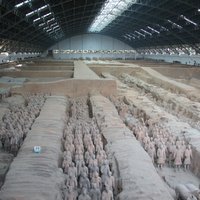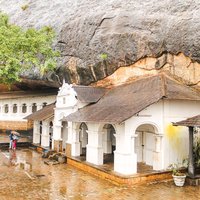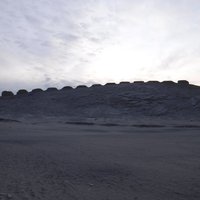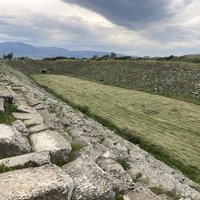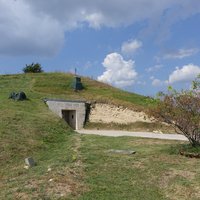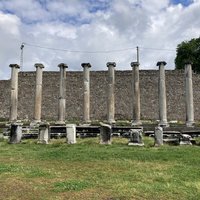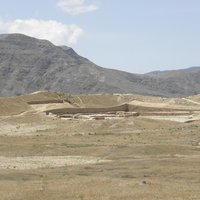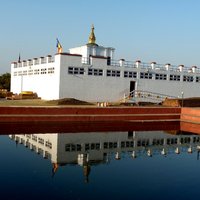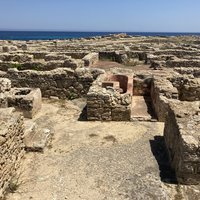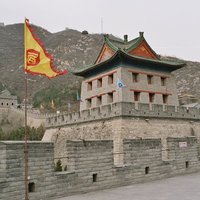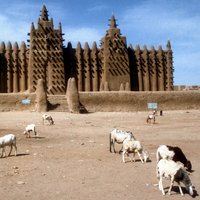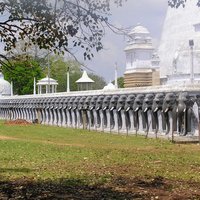Connected Sites
-
Stupa no. 1
-
"Construction of the Dujiangyan irrigation system began in the 3rd century B.C. This system still controls the waters of the Minjiang River and distributes it to the fertile farmland of the Chengdu plains. Mount Qingcheng was the birthplace of Taoism, which is celebrated in a series of ancient temples." - Nomination file
-
"The towns, fortresses, caravanserai and fossilised agricultural landscapes.. reflect the prosperity of the Nabatean spice trade over 500 years from the 3rd century BC, .. and then its subsequent decline in the 2nd century AD with the Roman occupation of Petra. The sites have been preserved due to their almost total abandonment in the 7th century AD" (AB)
-
Tárraco "was seized and fortified by the Roman proconsul Scipio Africanus in 218 BC ... The surviving remains of Tárraco make it possible to study the spread of Roman rule from the 3rd/2nd century BC, when the Roman town was founded, until the early Christian period." Its remains cover the entire Roman period through to 3C AD
-
a monastic-cum-scholastic institution dating from the 3rd century BC to the 13th century AD (AB ev)
-
The property consists of the royal city of the Kushite kings from the 3rd century BCE (AB)
-
"The figures, dating from 3rd century BC, were discovered in 1974 by some local farmers in Lintong District, Xi'an, Shaanxi province, near the Mausoleum of the First Qin Emperor Qin Shi Huang)." - wiki
-
established in the 3rd century B.C (AB ev)
-
has defined Chankillo´s occupation between 250 and 200 B.C. (AB ev)
-
the first temple to Aphrodite dates to the 3rd century BCE (AB ev)
-
dates back to the 3rd century BC (AB ev)
-
The first Hellenistic city of Pergamon was established by the former Macedonian army officer Philetairos from 282 to 263BC (AB ev)
-
"... the mid 3rd century BCE, when impressive buildings were erected by the Parthians" (AB ev)
-
The Emperor Ashoka visited the site of Buddha's birth in 249 BC. He erected the Ashoka pillar, and monasteries and stupa's were added.
-
This Phoenician city was probably abandoned during the First Punic War (c. 250 B.C.) and as a result was not rebuilt by the Romans. The remains constitute the only example of a Phoenicio-Punic city to have survived (AB).
-
"In 220 B.C., under Qin Shi Huang, sections of earlier fortifications were joined together to form a united defence system against invasions from the north. Construction continued up to the Ming dynasty (1368-1644), when the Great Wall became the world's largest military structure." - Nomination File
-
"Djenné-Jéno, the original site of Djenne is considered to be among the oldest urbanized centers in sub-Saharan Africa ...and has been dated to the 3rd century BC". It had developed into a large walled urban complex by 850 AD, but after 1100 AD the population of the town declined and by 1400 the site had been abandoned. (Wiki)
-
Dagaba Thuparama & Bodhi tree

